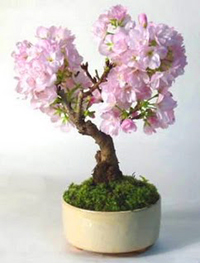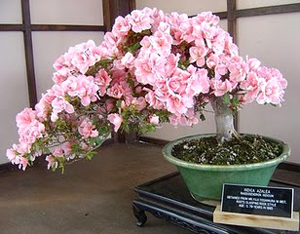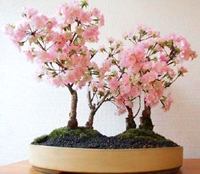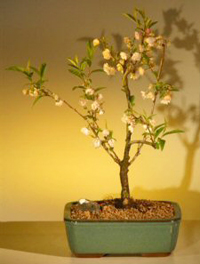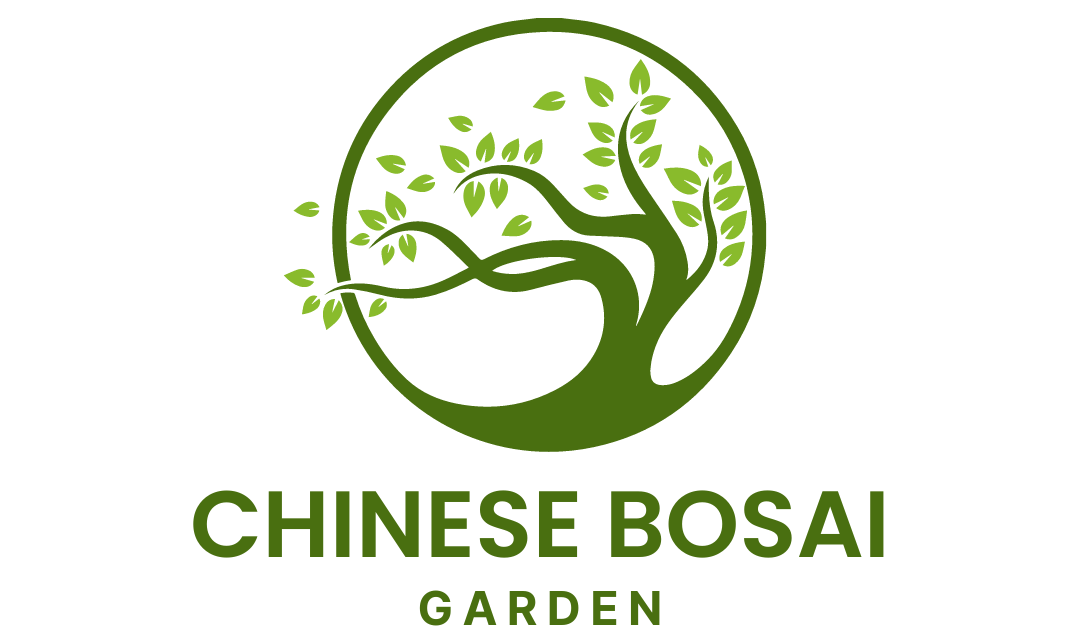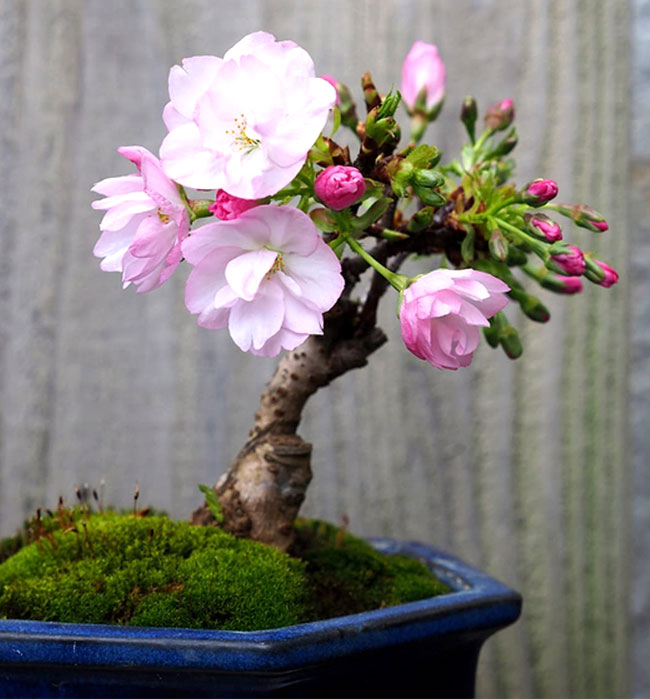
The Japanese Cherry Bonsai Tree, scientific name Prunus serrulata, is an ornamental tree that is grown for its fragrant showy pink flowers.
It is a hardy deciduous tree that needs to be grown outdoors. Usually short-lived because it is susceptible to a large number of insects and diseases.
Additional Information
Family: Rosaceae
Scientific name: Prunus serrulata
Common Names: Japanese Cherry, Japanese Flowering Cherry, Hill Cherry, Oriental Cherry, East Asian Cherry, Amanogawa.
Origin: Native to Japan, Korea, and China.
Appearance: It is a deciduous tree with a short single trunk and dense foliage. The trunk has chestnut-brown, glossy, peeling bark with very prominent horizontal lenticels. Spreading branches are covered with glossy simple leaves. Leaves are alternate, pinnately veined, serrated margin, shiny dark green above, light green below.
Flowering: In early spring it produces very showy, pink, nicely fragrant flowers that grow in clusters of two to five together. Sometimes, flowers are followed by round, cherry-like, black fruits.
Outdoor/Indoor Use: Outdoors.
Light Requirements: Full sun to partial shade. It needs full sun for maximum blooms.
Water Requirements: Likes moist well-drained soil. Never allow for the soil to dry out completely.
Hardiness: Grows best in the USDA Zones 5 – 8.
Insects and Diseases: leaf spot, die back, leaf curl, powdery mildew, root rot and fireblight, aphids, scale, borers, leafhoppers, caterpillars, tent caterpillars, Japanese beetles, spider mites.
Propagation: By softwood cuttings.
Buy Japanese Flowering Cherry Bonsai »
